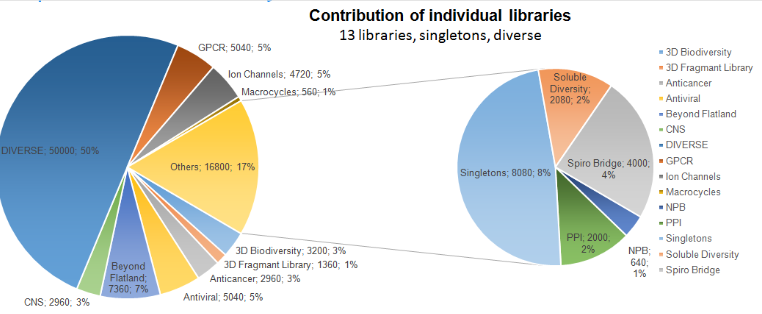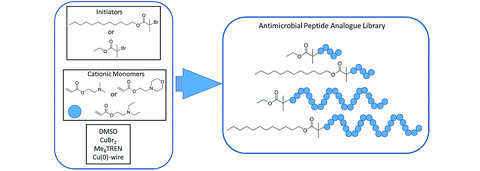In the quest for new drug candidates, the exploration of chemical diversity plays a pivotal role in expanding the possibilities of drug discovery. Representative Diversity Libraries offer an invaluable resource for researchers, presenting a curated collection of compounds that span a wide range of chemical structures. In this article, we will delve into the world of Representative Diversity Libraries, shedding light on their significance and exploring their diverse applications in compound discovery.
Representative Diversity Libraries: Unlocking Chemical Potential
Representative Diversity Libraries are meticulously designed collections of compounds that aim to cover a broad array of chemical space. These libraries are carefully curated to include compounds with diverse structural motifs, physicochemical properties, and biological activities. By encompassing a representative sample of the chemical universe, these libraries provide an unparalleled resource for screening, hit identification, and lead optimization.
Applications of Representative Diversity Libraries:
Hit Identification and Target Validation:
Representative Diversity Libraries play a critical role in the early stages of drug discovery by providing a diverse pool of compounds for screening against specific targets. By encompassing a wide range of chemical structures, these libraries enhance the chances of identifying hits that interact with the target of interest. This broad exploration of chemical space enables researchers to validate targets and uncover new avenues for therapeutic intervention.
Scaffold Hopping and Lead Optimization:
Representative Diversity Libraries serve as a valuable tool for scaffold hopping and lead optimization. These libraries often comprise compounds with varying core structures, allowing researchers to explore alternative scaffolds and optimize desired biological activities. By leveraging the diverse chemical repertoire within the library, researchers can enhance the lead optimization process, ultimately leading to the development of more potent and selective compounds.
Fragment-Based Drug Design:
Fragment-based drug design (FBDD) is gaining significant attention in the drug discovery arena. Representative Diversity Libraries provide an ideal foundation for FBDD by offering a rich source of fragments with varying structural characteristics. Leveraging these libraries, researchers can systematically explore fragment interactions with a target, enabling the efficient design of novel lead compounds.
Structure-Activity Relationship (SAR) Analysis:
Understanding the relationship between chemical structure and biological activity is crucial for optimization in drug discovery. Representative Diversity Libraries empower researchers to perform comprehensive SAR analysis due to the diverse set of structures incorporated within the library. By analyzing the impact of different structural features on activity, researchers gain insights that inform subsequent compound design and optimization iterations.
Exploration of Novel Therapeutic Modalities:
Representative Diversity Libraries are instrumental in the exploration of novel therapeutic modalities. By incorporating compounds with unique structural features, these libraries enable researchers to identify and evaluate compounds that offer alternative modes of action or cater to emerging therapeutic targets. This facilitates innovation in drug discovery and expands the potential for breakthrough therapeutics.
Conclusion:
Representative Diversity Libraries occupy a pivotal position in the landscape of compound discovery. By encompassing a representative sample of chemical space, these libraries provide a versatile resource for hit identification, scaffold hopping, lead optimization, FBDD, SAR analysis, and the exploration of novel therapeutic modalities. As researchers continue to refine and expand these libraries, we expect to witness an even greater scope for innovative compound discovery, ultimately leading to the development of transformative therapies that address unmet medical needs. The possibilities are truly limitless when we unlock the power of chemical diversity with Representative Diversity Libraries.




